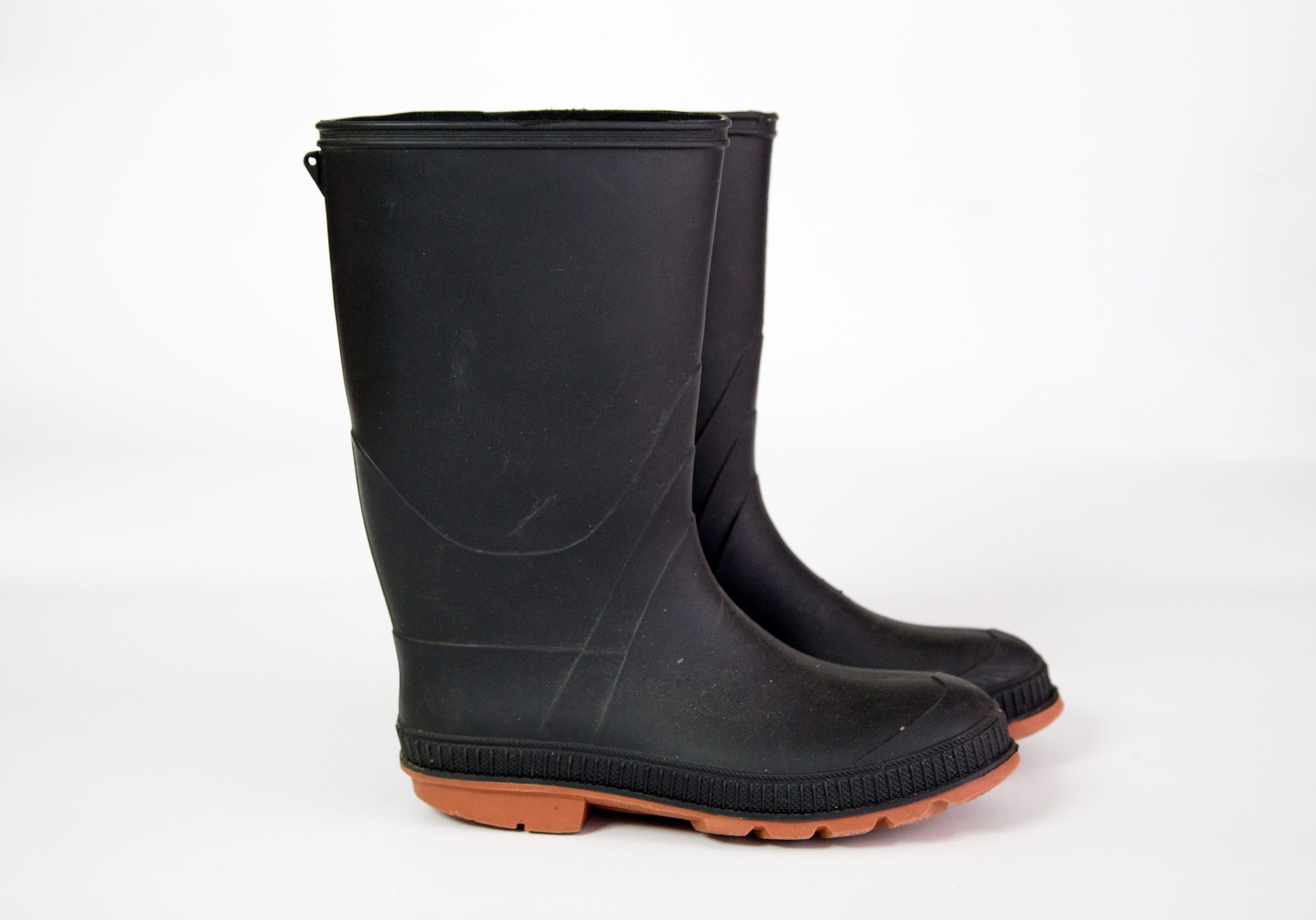Shoes Mean Home and Belonging
Margarita Farinshetien
Summary:
My baby’s first walking shoes, my grandpa’s white canvas shoes and my first high heels signify home and belonging—concepts that have been significant for generations in my family.
Story:
It’s 3 p.m. in Halifax, Canada and 9 p.m. in Haifa, Israel. My ninety-three-year-old Grandpa smiles on my computer screen.
I show him the shoes I bought for my baby girl, born in Canada eleven months ago. They are her first walking shoes and still big for her, but she loves playing with their white strap and trying them on. Grandpa leans closer, takes the measure of the tiny shoe between his index finger and thumb.
“I got my first fancy pair of shoes when I was seventeen,” he says and winks. “They were white canvas shoes,” he adds. “I used to wash them with milk and rub them with chalk to keep them looking new and clean. Many teenagers had such shoes before soldier boots replaced them.”
I rip the Velcro on the shoe strap apart, then put it back together. “Tell me more, Grandpa,” I say.
“I imagined myself going to university in them. My dreams changed when the Great Patriotic War started in the former USSR. Our lives got divided into two: before the war and after the war. Childhood was over, BUT youth did not come.” He takes his glasses off and rubs his eyes.
“You never mentioned those shoes,” I say.
“My family and I had to flee our town,” he says. “We trudged through country roads. One night, when we were in an open field and thought we were safe, I took my tattered shoes off and put my head on them. I fell asleep. The bright light, the hiss and the explosions. This you don’t forget. I thought my eardrums ruptured.”
I listen to the silence from the baby’s room. She’s still asleep.
“I heard women and children crying from a distance. I didn’t have the time to put the shoes on. I tied the laces together, threw them over my shoulder and ran through the stubble to catch up. When the bombing was over, and I caught up with my group, my feet were covered in blood.”
“Why did they leave you?” I ask. I always ask. He shivers. “The nights became colder,” he says. “As long as I slept with my shoes under my head, I had a little piece of home and warmth with me.”
I wrap myself in my sweater and warm my hands on the cup of tea. I’m home now, here in Halifax. He is home in Israel.
I wish I could touch his wrinkled cheek, but it’s only a computer screen. “Remember our first immigration?”
He smiles. “You were having a hard time. Israel wasn’t easy for you to get used to.”
“Was that the reason you bought me those shoes?”
“Your first high heels. Beige leather, elegant shoes,” he says.
Those beige shoes were grandiosely uncomfortable. You could afford such shoes when you had other ones, more functional. Or when your Grandpa gave you them as a gift. My first significant walking shoes were just like my FIRST new life road– beautiful but hard to walk in. After 15 years of living in Israel, I immigrated to Canada, walking on an immigrant life road and looking for a safe place, for home.
When you are a double immigrant, you lose everything twice but also gain a new identity twice. Here, in Nova Scotia, Canada, I found my new home, my safe place. My baby girl will walk in her shoes very soon, making her first steps on the solid ground of safety and peace.
And I smile at my Grandpa in return.
Born in Ukraine, Margarita Fainshtein earned a BFA from the University of Haifa and an MFA from School of the Art Institute of Chicago. Exhibitions include Ukrainian Institute of Modern Art, Beit Mani Museum, Tel-Aviv, Art Gallery of Nova Scotia. Margarita’s works can be found in Flaxman Library, special collection; The Art Institute of Chicago, and Nova Scotia Art Bank collection. Her work reflects the complexity of multi-cultural citizenship and immigrant status as it intersects with personal, political, and cultural relations. From Ukraine, I repatriated to Israel and immigrated to Canada. Margarita lives and works in Halifax.







